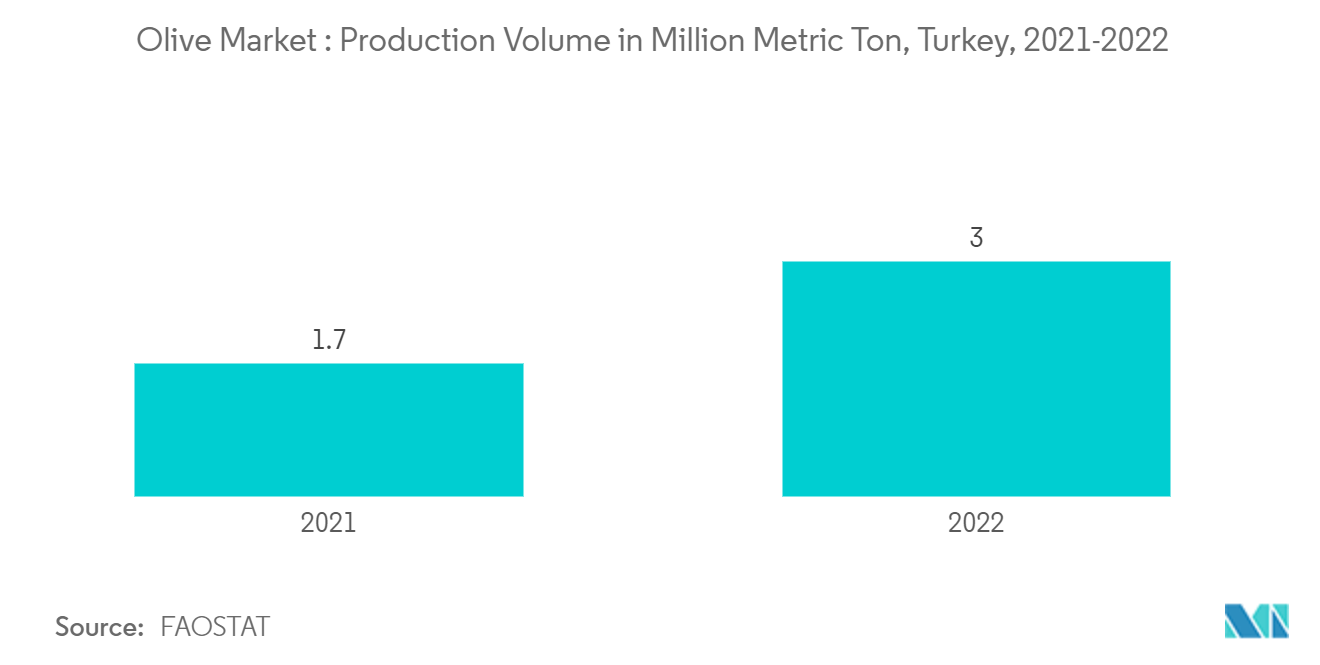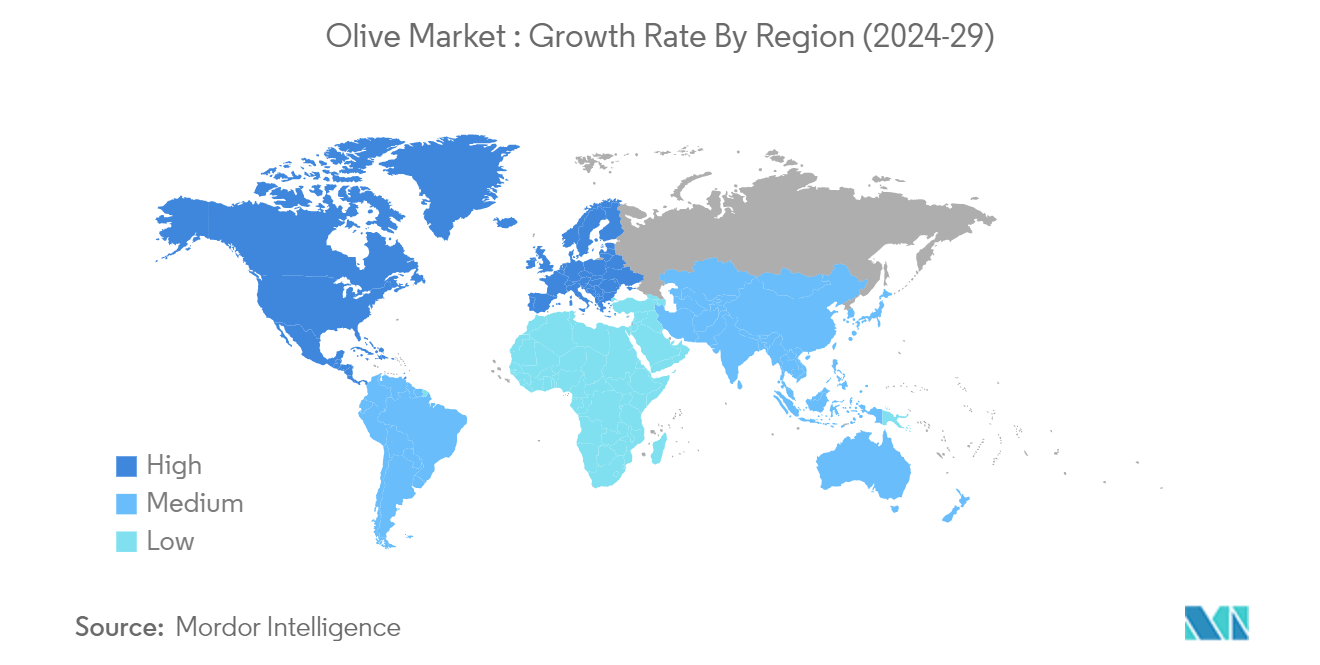Market Trends of Olive Industry
Dietary Revolution Leading to an Upsurge in Demand for Olive Oil
The increasing health consciousness among consumers is driving the demand for olive oil and its products, primarily due to its numerous health benefits. Olive oil supports heart health and is rich in antioxidants and essential omega-6 and omega-3 fatty acids.
Traditionally, olive oil consumption has been concentrated in Mediterranean countries. Spain, Italy, Turkey, and Greece are the largest producers, all located in the Mediterranean region. However, a notable trend has emerged: countries like China, the USA, and Australia, not traditionally associated with the Mediterranean diet, are experiencing growth in both olive oil consumption and production.
The increasing demand for olive oil is driven by several factors: growing health awareness, changing culinary preferences, market expansion, and economic factors. As consumers increasingly prioritize health, wellness, and quality in their food choices, the demand for olive oil is anticipated to continue and potentially increase.

Europe's Significant Role in Olive Trade
The European Union leads the global olive oil industry, producing approximately 67% of the world's supply. Olive cultivation covers about 4 million hectares, primarily in Mediterranean EU countries, encompassing traditional, intensive, and super-intensive groves. Italy and Spain are the top consumers within the EU. The EU accounts for about 53% of global olive oil consumption and approximately 65% of global exports, with the United States, Brazil, and Japan as key importers.
The European Commission's 2024 data indicates Italy's olive oil production for the current season is 330 thousand tons, a 37% increase from the previous season. This figure is nearly 2% above the ten-year average and slightly higher than the commission's earlier estimate of 324 thousand metric tons. Italy's ending stocks are expected to remain at 140 thousand metric tons. For the EU overall, 2024 production is projected at 1,488 thousand metric tons, up from 1,392.3 thousand metric tons in the previous season. This increase is attributed to growing consumer preference for healthier cooking options and the Mediterranean diet. Notably, a significant portion of olive oil imported from developing countries is used for blending or refining by major European olive processors.


